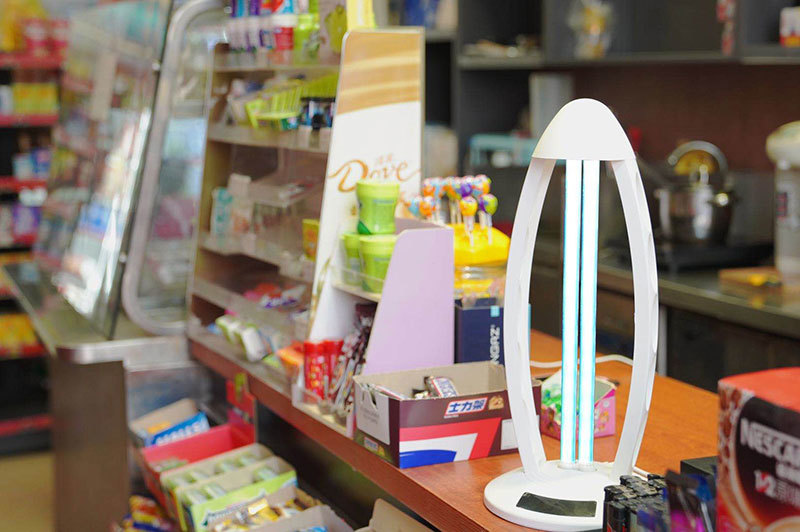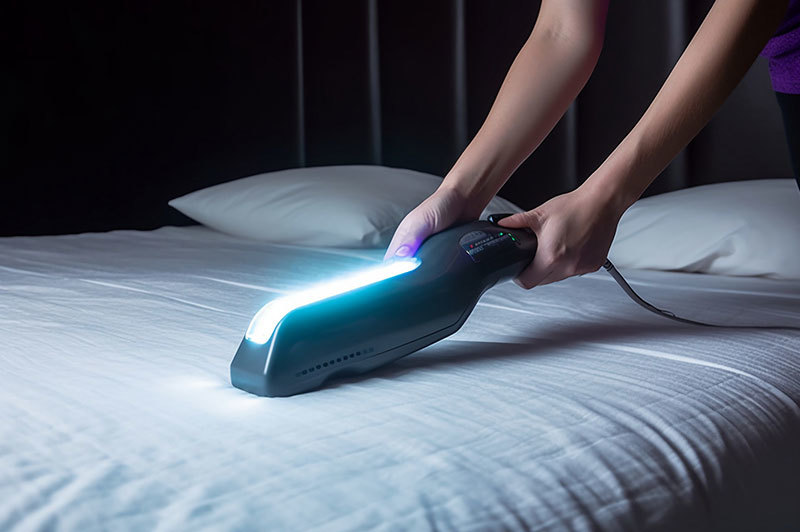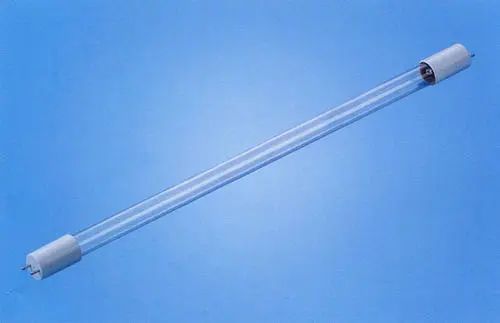Those things about ultraviolet germicidal lamps!
2020-07-24
Zhangjiagang Disease Control and Control
Zhangjiagang Disease Control and Control
In 1904, ultraviolet lamp was introduced, and since then, it has opened a great course in the field of sterilization and disinfection. As one of the ways of disinfection of air and object surface, ultraviolet irradiation is popular with people for its economic, practical, convenient, simple and easy characteristics, and is widely used in clinical work.
Ultraviolet lamps can be divided into three categories according to their appearance: double-ended lamps (represented by "S"), single-ended lamps (represented by "D") and self-ballasted lamps (represented by "Z"). According to whether the type contains ozone, it is divided into two types: ozone (represented by "Y") and ozone-free (represented by "W"). The commonly used ozone-free lamps are all types.
principle of disinfection
GB19258-2012 "ultraviolet germicidal lamp" in 3.1: ultraviolet germicidal lamp, a kind of quartz glass or other transparent purple glass of low pressure mercury vapor discharge lamp, discharge wavelength is mainly 253.7nm ultraviolet radiation, the ultraviolet radiation can kill bacteria and viruses.
Ultraviolet rays mainly cause death to microorganisms through radiation damage to microorganisms and damage the function of nucleic acids, so as to achieve the purpose of disinfection. The function of destroying nucleic acid is mainly manifested in the role of biological cell genetic material, that is, DNA, so that DNA is damaged and lead to bacterial death.
Ultraviolet rays can kill a variety of microorganisms, including bacterial propagules, spores, mycobacteria, viruses, fungi, rickettsia and mycoplasma, etc., where the surface contaminated by the above microorganisms, water and air can be sterilized by ultraviolet rays.
Installation Requirements
WS/T368-2012 "Hospital Air Purification Management Standard" in 5.4 Ultraviolet Disinfection: Ultraviolet Germicidal Lamp is directly irradiated by hanging or mobile type. The installation of ultraviolet germicidal lamps (30W intensity at 1.0m> 70uW) should be ≥ 1.5 W/m. At the same time, C.6.3 in WS/T367-2012 "Technical Specification for Disinfection of Medical Institutions": under the condition of no one in the room, ultraviolet germicidal lamp shall be used for direct irradiation and disinfection by hanging or mobile type. The lifting height of the lamp tube is 1.8 m-2.2m from the ground. The number of installed UV germicidal lamps is on average ≥ 1.5W/m³.
It can be seen from this that when applied to air disinfection, the ultraviolet germicidal lamp needs to be hoisted 1.8 m-2.2m from the ground, and the number of lamps required is the area of the house × the height of the house × 1.5 ÷ 30 (calculated by the lamp with a power of 30W), and the result is generally 50%. For example, a room has an area of 12 ㎡ and a height of 3m; Then 12 × 3 × 1.5 ÷ 30=1.8 ≈ 2 is needed. The house needs two 30W ultraviolet sterilization lamps.
Does wall installation affect disinfection effect
If it has been installed at the wall edge, the ultraviolet intensity is ≥ 70uW/cm2 and the requirements in the specification are met through sampling and monitoring, then it can be considered as no influence;
Of course, how to sample and monitor and find that the results do not meet the specification requirements, then it is necessary to consider changing the installation position of ultraviolet germicidal lamps or increasing the number of lamps at this time.
Ultraviolet rays are harmful to human body
Ultraviolet rays can be described as "six relatives do not recognize" in the disinfection process, which also has certain harm to the human body. The most vulnerable part of the human body is the cornea of the eye. Therefore, it is not allowed to look directly at the lit lamp tube with eyes at any time. In case of injury, protective goggles or masks should be used.
01
Injury to the eyes
Can cause electro-optic ophthalmia, cause conjunctival inflammation, lead to retinopathy, serious can induce cataract.
Features: red and swollen eyelids, conjunctival congestion, pain and foreign body sensation, blurred vision, photophobia, tearing, etc.
02
Damage to the skin
Can lead to skin allergies, skin aging, skin tumors.
Features: redness, itching, pain, rash, etc. Such as strong ultraviolet radiation, there will be the phenomenon of skin aging. Ultraviolet rays can also affect the body's regulatory immune response to induce skin cancer, leading to melanoma, skin cancer and so on.
How to do a good job of protection
A warning sign should be hung outside the disinfected room, and the switch of the ultraviolet lamp should also have obvious warning signs.
Ultraviolet disinfection can only be used for disinfection of indoor air in unmanned state. Doors and windows should be closed during disinfection, and the room should be ventilated after a period of irradiation.
In order to ensure the intensity of ultraviolet radiation, the surface of the lamp should be kept clean and wiped with 75% alcohol once a week. When dust, oil, etc. are found on the surface of the lamp, it should be wiped at any time.
In order to protect the skin from damage, long sleeved overalls should be worn when performing UV inspection, which can protect the exposed parts and avoid causing skin damage.
In order to protect the eyes from damage, should wear sunglasses or protective mask to do a good job of protection.
RELATED INFORMATION






